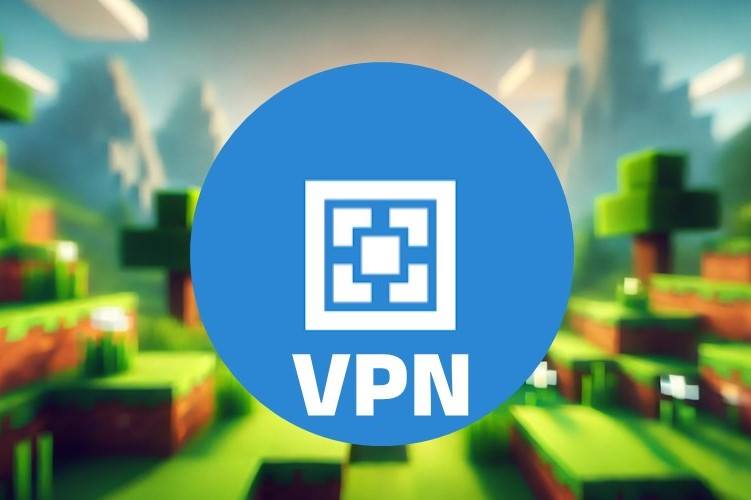The Impact of Reverse Geocoding on VPN-Enabled Browsing
5 min. read
Updated on
Read our disclosure page to find out how can you help VPNCentral sustain the editorial team Read more

Two key players in the tech game have always been digital mapping and VPNs. But what happens when these two giants merge, and how does reverse geocoding come into play?
As market trends show a growing $45 billion VPN market, it’s clear that users are seeking new layers of privacy and security online.
Reverse geocoding and its intersection with VPN technology offers a compelling narrative for tech enthusiasts, privacy advocates, and anyone navigating the rapidly changing online environment.
Read on and discover how reverse geocoding shapes the future of VPN-enabled browsing.
What is Reverse Geocoding?
Reverse geocoding lies at the heart of location-based services. It’s the process of converting a geographic coordinate into a human-readable address.
This fundamental tool in digital mapping has far-reaching applications, from streamlining navigation apps to enhancing social media with location tagging features.
Here, we unpack the nuts and bolts of reverse geocoding to provide a comprehensive understanding.
The basics of reverse geocoding
At its core, reverse geocoding simplifies complex geographical data into familiar addresses and city or neighborhood names that humans can interpret.
This is possible through database lookups and algorithms tailored to match coordinates with real-world locations. It has become integral to mobile applications and web services, often working behind the scenes to add context to geographic information.
Reverse geocoding in digital mapping
When it comes to digital mapping, reverse geocoding is the silent hero. It powers features like “Your Location” in numerous apps, integrating seamlessly with other location technologies.
Tturn-by-turn navigation also relies heavily on reverse geocoding’s outputs.
VPNs and reverse geocoding
As privacy concerns are on the rise, VPNs have rapidly become the go-to tool for those seeking online anonymity and security.
But what role does reverse geocoding play in this narrative of anonymity and encrypted tunnels?
VPN functionality with location accuracy
A key premise of VPNs is to obfuscate the user’s physical location. Yet, there are times when certain services or applications require a degree of location accuracy.
This is where reverse geocoding steps in, offering VPN users a way to access localized content while maintaining privacy.
How reverse geocoding complements VPN-enabled browsing
When browsing with a VPN, you might find that services or websites redirect you to generic or distant site versions, reducing usability.
Reverse geocoding can counter this by providing accurate location details that align with the VPN server’s location, ensuring more seamless browsing.
Integrating reverse geocoding with VPNs
Integrating reverse geocoding into VPNs is not merely a technological marriage; it’s a strategic move that can lend VPN service providers a competitive edge.
By offering location accuracy as an option, VPNs can serve a broader range of user needs.
How to optimize reverse geocoding for enhanced VPN browsing
While the benefits are clear, the journey to integration has its challenges. Let’s take a look at the technical aspects of reverse geocoding for VPNs and provide a roadmap for optimization.
Best practices for integrating reverse geocoding with VPNs
The following practices ensure that users enjoy enhanced privacy without sacrificing the accuracy of location-based services:
- Choose accurate data sources: Opt for reliable and frequently updated geocoding databases to ensure the location information is current and precise.
- Maintain user anonymity: Implement reverse geocoding in a way that doesn’t compromise user privacy, such as anonymizing location data before processing it.
- Provide clear opt-in policies: Make reverse geocoding a feature that users can choose to enable, with transparent information regarding its use.
- Prioritize data security: Secure reverse geocoding data with robust encryption standards to protect it from unauthorized access and breaches.
- Optimize for performance: Ensure the reverse geocoding process is efficient and doesn’t significantly slow down the VPN connection or browsing speed.
- Regularly test accuracy: Conduct frequent testing to verify that the geocoding results are accurate and provide the intended experience.
- Offer customization: Allow users to customize how and when reverse geocoding is used, giving them control over their own browsing experience.
- Educate users: Provide clear documentation and support on how reverse geocoding works and its benefits within the VPN service.
- Regularly audit policies: Conduct regular audits to ensure compliance with policies and regulations related to user privacy and data protection.
- Collaborate with privacy experts: Work with security and privacy experts to continuously improve reverse geocoding practices and protect user information.
Challenges in reverse geocoding for VPNs
One common challenge is ensuring the timely update of IP address-location mappings. This is crucial as VPN servers frequently change IPs.
Another hurdle is protecting user privacy. Reverse geocoding can reveal user locations, so strict privacy measures are paramount.
Lastly, balancing between reverse geocoding accuracy and browsing speed is essential. That’s because higher accuracy often involves more complex data processing, which can slow down the VPN connection.
Advanced features of reverse geocoding APIs for VPN users
Reverse geocoding API translates a device’s GPS coordinates into a readable address. Providing precise location details enhances the VPN user experience. This API also supports various languages and regions, expanding accessibility.
For developers, such APIs offer straightforward integration with VPN services. Accuracy and privacy are core features, ensuring that users’ exact locations remain confidential. The API allows swift conversion of coordinates to locations, even when offline.
Wrapping up
Combining reverse geocoding with VPNs creates a variety of new opportunities. This approach fits well with the current emphasis on digital privacy while also improving the user experience.
As we move forward, it’s up to VPN services to employ reverse geocoding to offer personalized, secure, and precise browsing that meets individual preferences.
With the market ripe and ready, the stage is set for innovative solutions.









User forum
0 messages